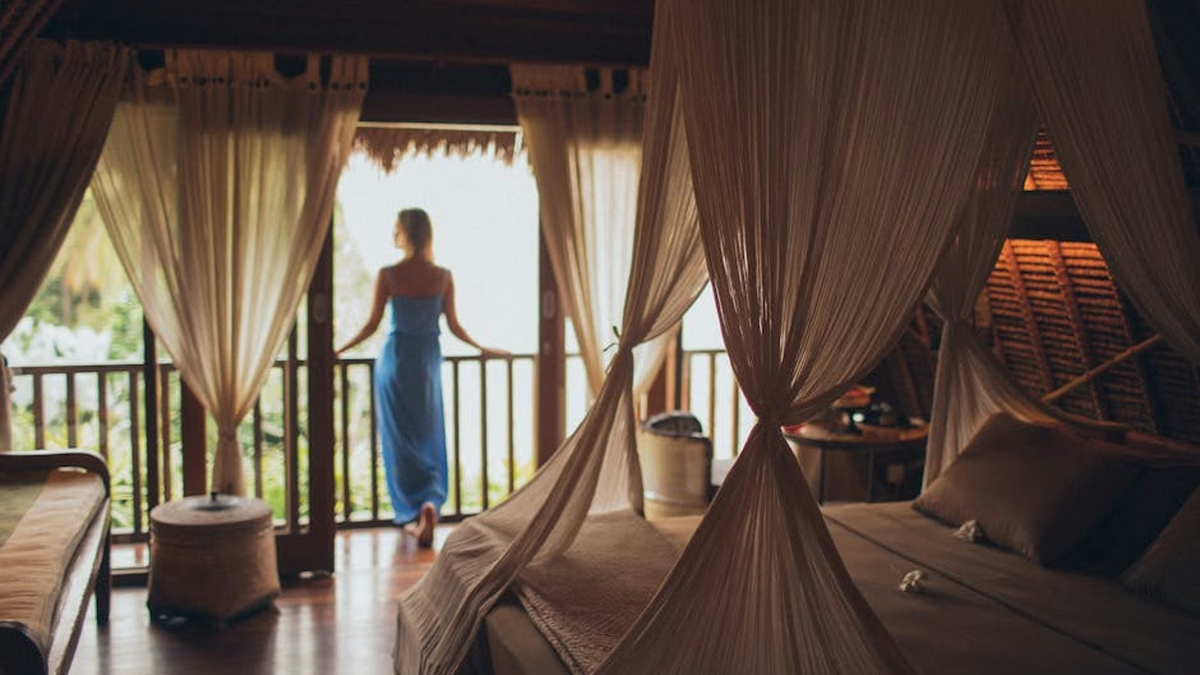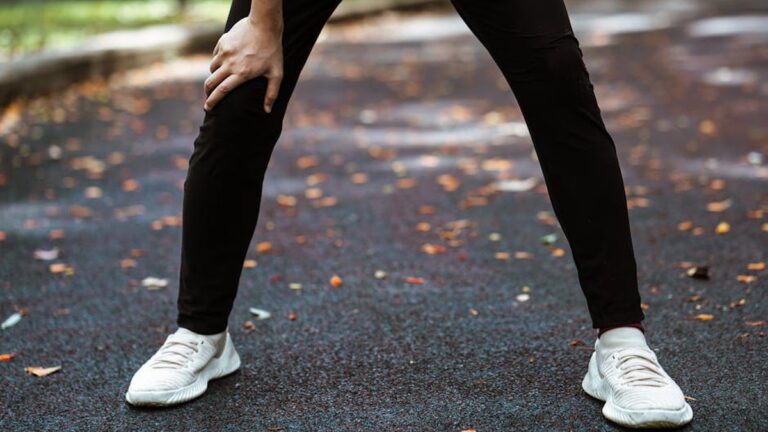Optimizing Your Sleep Environment for Deeper Rest: Soundproofing, Blackout Curtains, and Smart Tech
Are you tossing and turning every night, struggling to get a good night’s sleep? It’s estimated that over 30% of adults experience insomnia symptoms. While many factors contribute to sleep problems, one often overlooked area is your sleep environment. Creating a sanctuary conducive to deep, restorative sleep can significantly improve your overall well-being. This blog post will explore how sleep optimization through soundproofing, blackout curtains, and smart tech can transform your bedroom into a haven for restful slumber.
The Importance of a Sleep-Conducive Environment
Sleep isn’t just about the number of hours you spend in bed; it’s about the quality of that sleep. A noisy, bright, or uncomfortable environment can disrupt your sleep cycles, leading to fragmented sleep, daytime fatigue, and long-term health problems. Studies have shown a direct correlation between poor sleep quality and increased risk of cardiovascular disease, diabetes, and even depression. That’s why creating a deep sleep environment is so important.
By actively managing your sleep environment, you can significantly improve sleep quality and wake up feeling refreshed and energized. The following sections will detail specific strategies to achieve this.
Soundproofing Your Bedroom: Eliminating Noise Pollution
Noise is a major sleep disruptor. Even subtle sounds can prevent you from reaching the deeper stages of sleep. Creating a soundproof bedroom is a crucial step in sleep optimization.
Identifying Noise Sources
Before you start soundproofing, identify the primary sources of noise affecting your sleep. Common culprits include:
- Traffic noise
- Neighbors
- Household appliances (refrigerator, air conditioner)
- Animals (dogs barking, cats meowing)
- Internal noises (creaking floors, plumbing)
Practical Soundproofing Techniques
Once you know the noise sources, you can implement specific strategies:
- Seal gaps and cracks: Use weather stripping around doors and windows to block sound from entering.
- Invest in thicker curtains: Heavy drapes or soundproof curtains can absorb sound waves.
- Add rugs and carpets: Soft surfaces absorb sound better than hard surfaces.
- Use a white noise machine or fan: These can mask distracting noises and create a more consistent sound environment.
- Consider acoustic panels: These panels are designed to absorb sound and can be strategically placed on walls and ceilings.
- Soundproof the door: Replace a hollow-core door with a solid-core door, or add a soundproofing blanket.
Case Study: Sarah, a city dweller, struggled with constant traffic noise. After implementing soundproofing measures like weather stripping, heavy curtains, and a white noise machine, she reported a significant improvement in her sleep quality. She now falls asleep faster and wakes up feeling more rested.
Blackout Curtains: Blocking Out Light for Deeper Sleep
Light exposure, especially blue light emitted from electronic devices, can interfere with your body’s natural sleep-wake cycle (circadian rhythm). Darkness signals the brain to release melatonin, a hormone that promotes sleep. Blackout curtains sleep improvement is substantial.
The Science Behind Darkness and Sleep
Melatonin production is directly linked to light exposure. Even a small amount of light can suppress melatonin release, making it harder to fall asleep and stay asleep. Studies have shown that people who sleep in darker rooms have better sleep quality and report feeling more refreshed in the morning.
Choosing the Right Blackout Curtains
When selecting blackout curtains, consider the following:
- Material: Look for tightly woven fabrics that block light effectively. Multiple layers are even better.
- Color: Darker colors generally block more light than lighter colors.
- Fit: Ensure the curtains are wide enough to completely cover the window and extend beyond the window frame to prevent light from seeping in around the edges.
- Installation: Consider using a wraparound curtain rod to minimize light leakage.
Beyond Curtains: Additional Light-Blocking Strategies
In addition to blackout curtains, you can further reduce light exposure by:
- Using an eye mask
- Dimming or turning off electronic devices at least an hour before bed
- Using red-tinted night lights, which have less impact on melatonin production
Smart Sleep Tech: Enhancing Your Sleep Environment
Smart sleep tech offers innovative ways to monitor and optimize your sleep environment. From smart mattresses to sleep trackers, these devices can provide valuable insights into your sleep patterns and help you make informed decisions to improve sleep quality.
Examples of Smart Sleep Technology
- Smart mattresses: These mattresses track your sleep patterns, adjust firmness levels, and regulate temperature to optimize comfort.
- Sleep trackers: Wearable devices or bedside monitors that track your sleep stages, heart rate, and movement to provide insights into your sleep quality.
- Smart lighting: Lights that can be programmed to gradually dim or change color temperature to promote relaxation and sleep.
- Smart thermostats: Automatically adjust the temperature in your bedroom to maintain a comfortable sleep environment.
- Sound machines with sleep tracking: These devices combine white noise or nature sounds with sleep tracking capabilities.
Benefits and Considerations
Smart sleep tech can provide valuable data and personalized recommendations to sleep optimization efforts. However, it’s important to consider the following:
- Accuracy: Not all sleep trackers are equally accurate. Look for devices that have been validated by research studies.
- Cost: Smart sleep tech can be expensive. Consider your budget and needs before investing.
- Privacy: Be aware of the data that these devices collect and how it is used.
- Over-reliance: Don’t become overly focused on the data. Use it as a tool to inform your sleep habits, but don’t let it cause anxiety.
Practical Tip: Start with a simple sleep tracker to monitor your sleep patterns for a week or two. Analyze the data to identify potential areas for improvement, such as bedtime consistency or sleep duration.
Conclusion: Creating Your Perfect Sleep Sanctuary
Creating an optimal sleep environment is a vital investment in your health and well-being. By implementing strategies to soundproof bedroom spaces, block out light with blackout curtains sleep solutions, and leverage smart sleep tech, you can transform your bedroom into a sanctuary for deep, restorative sleep. Remember that sleep optimization is a journey, not a destination. Experiment with different techniques and find what works best for you to achieve the deep sleep environment you deserve. Prioritizing your sleep environment is a simple yet powerful way to improve sleep quality and unlock your full potential.
References
-
Sleep Foundation
– Comprehensive sleep health information and research. -
National Institutes of Health Sleep Health
– National Institutes of Health sleep science and guidelines. -
Mayo Clinic Sleep Guide
– Medical sleep advice from Mayo Clinic experts.






